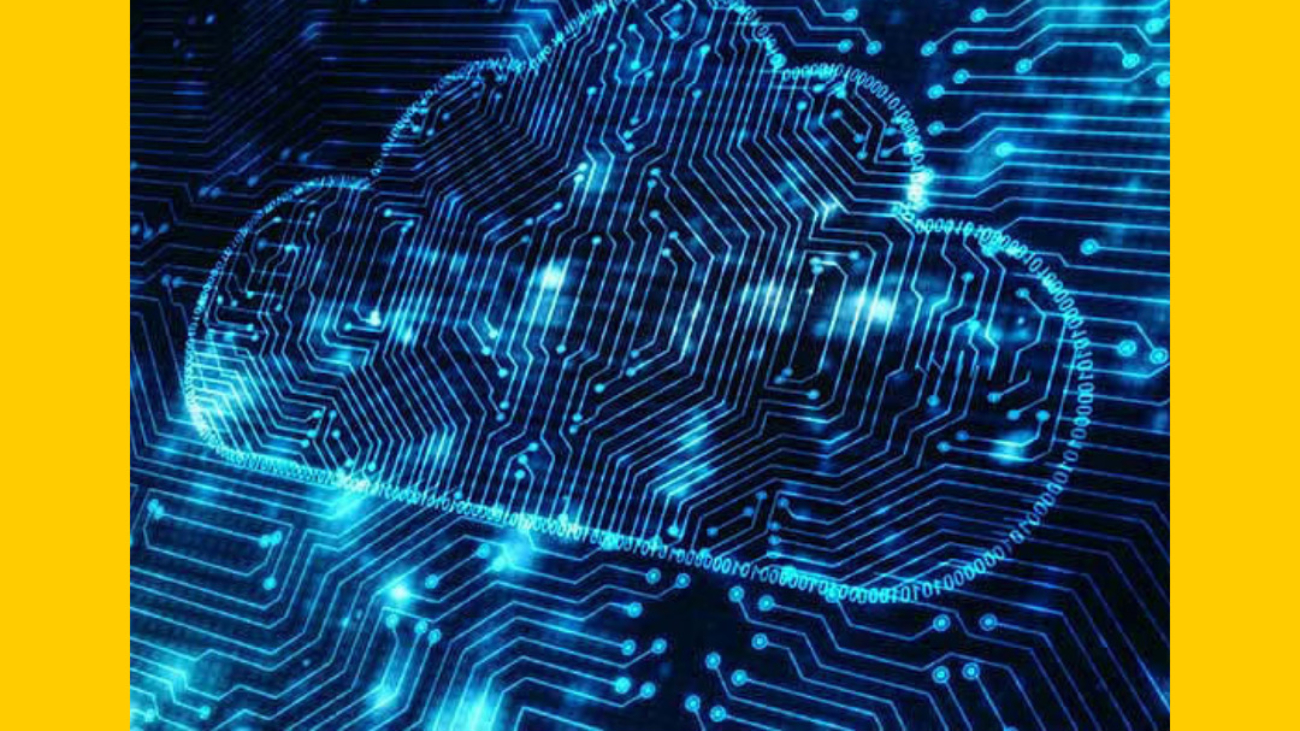I think from the title, you might have the idea about what we are going to read about. Exactly, we are going to read about Data Analytics.
What is Data Analytics? It is the process of gathering all the raw data and analyzing it to determine the pattern and making decisions. However, knowing just this is not enough to understand the whole concept. So, let us dive into the entire concept of Data Analytics.
Concept of Data Analytics: Data Analytics is a wide term as any type of information can be used in Data Analytics, it helps determine the taste and trends of the market. Analyzed information can be used to help make better decisions and growth of business.
For example:
- Manufacturing Company gathers machine run time and down time. Through that information, they can analyze and determine the hours of workload so the machine works at its full capacity.
- Marketing companies use Data Analytic to figure out the demand, supply, taste, trends, and season of the market and then help accordingly to introduce products and services in the market.
- Gaming companies use data analytics to determine the need to make changes in game. Such as, to reward schedules for players who play for a particular time which keeps them active in the game.
How to Analyze Data? What is the process?
- Determine the data requirement according to the group, such as, by age, by education, by experience, etc.
- Collect data through different sources such as, online, agency, existing surveys, or personnel questionnaires.
- After collecting data, organize it accurately to analyze it.
- Then clean up before data analytics. This process helps ensure there is no error or duplicate data. After cleaning up, it is then used to analyze Data.
Types of Data Analytics:
- Descriptive Analytics: This type, describes the data in the particular period and helps compare it to the past. For e.g. – Comparison of sales between last month and present month.
- Diagnostic Analytics: This type focuses on why something occurred. For e.g. – Did the winter season affect ice cream sales?
- Predictive Analytics: This type focuses on determining what will likely happen in future. For e.g. – How will an IPL match affect the environment of Covid lockdown?
- Prescriptive Analytics: This type suggests a course of action. For e.g. – this summer we should take this action and sales will increase by 15%.
What are the benefits of Data Analytics:
- Optimize and improve business performance.
- Helps reduce cost.
- Helps make better decisions.
- Helps analyze trends, taste, and demand of the market.
Who uses Data Analytics?
Several sectors have adopted Data Analytics. But to name a few, almost every travel, marketing, accommodation, and almost every service industry uses Data Analytics. Manufacturing industries also use Data Analytics to grow business. Health care industries use it to determine the number of patients and revenue of the particular financial year to compare with previous years.
We @Cloudploys provide accurate information for you to understand the concept. We @Cloudploys provide service of Data Analytics. Data Analytics is crucial for every business and helps grow and reduce cost. Now, it is on you to decide whether to acquire such effective technique or not. Stay tuned for more!




